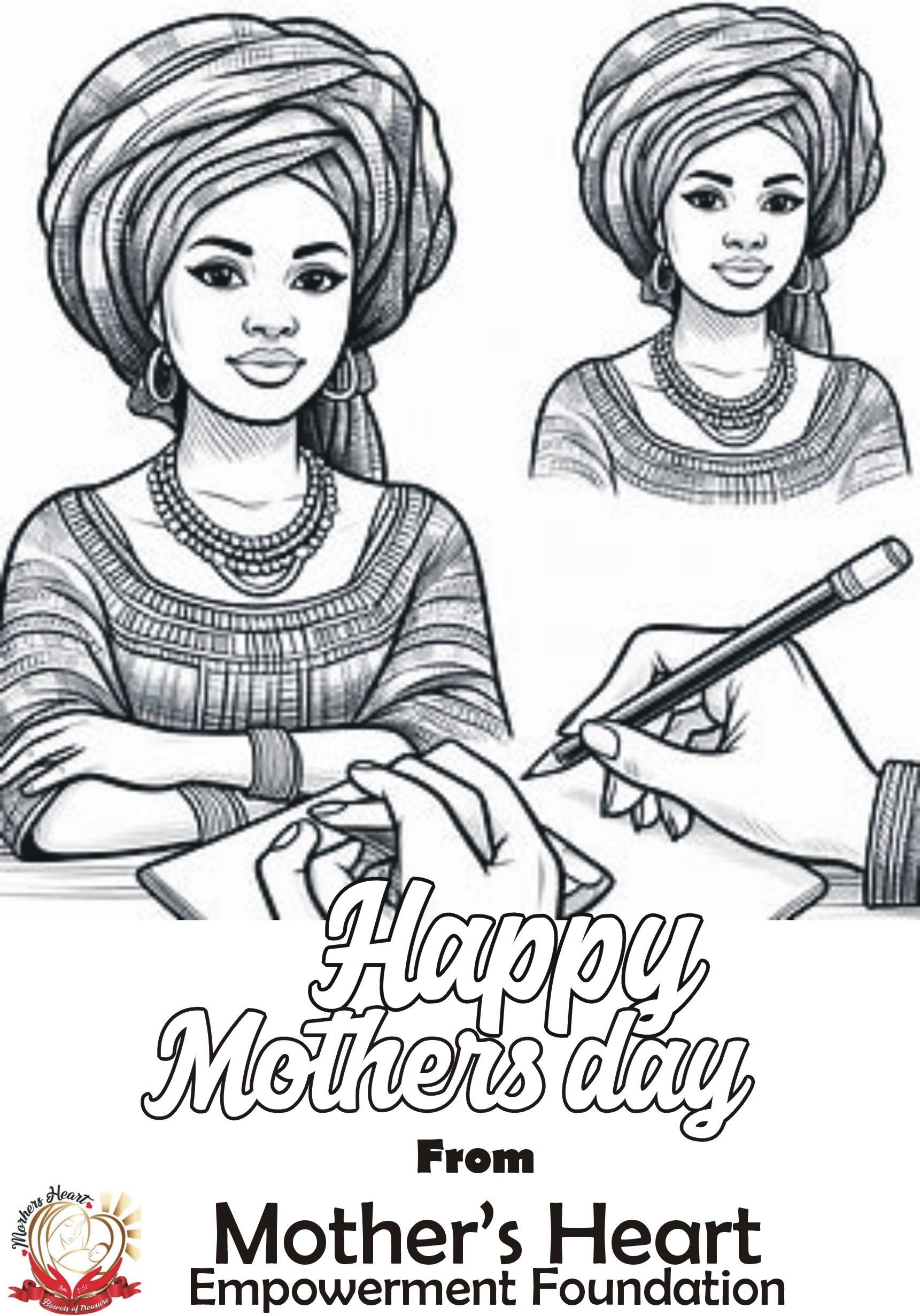
Violence against women is a pervasive and deeply troubling issue that affects societies worldwide. It takes many forms, including physical, sexual, emotional, and economic abuse, and its consequences can be devastating. Understanding the root causes and the far-reaching consequences of this violence is crucial for addressing and preventing it effectively.
Causes of Violence against Women:
1. Gender Inequality:
At the heart of violence against women lies the pervasive issue of gender inequality. Societies that perpetuate rigid gender roles and norms often provide fertile ground for violence to flourish. When women are seen as inferior to men and are denied equal rights and opportunities, they become more vulnerable to various forms of abuse.
2. Patriarchal Systems:
Patriarchal systems, where power and authority are predominantly held by men, contribute significantly to violence against women. These systems often prioritize male dominance and control over women, leading to the justification and normalization of abusive behavior.
3. Cultural and Social Norms:
Cultural and social norms that condone or tolerate violence against women play a significant role in perpetuating the cycle of abuse. Beliefs such as the idea that women are the property of men or that violence is an acceptable means of resolving conflicts can further entrench harmful behaviors.
4. Economic Factors:
Economic disparities can also exacerbate violence against women. Financial dependence on a partner or lack of economic opportunities can trap women in abusive relationships, making it difficult for them to leave or seek help.
5. Lack of Education and Awareness:
A lack of education and awareness about gender-based violence can perpetuate harmful attitudes and behaviors. When individuals are not equipped with the knowledge to recognize and challenge abusive behavior, it becomes more difficult to break the cycle of violence.
Consequences of Violence against Women:
1. Physical Health Impacts:
The physical consequences of violence against women can be severe and long-lasting. Victims may suffer from injuries ranging from bruises and broken bones to chronic health conditions. In extreme cases, violence can lead to disability or death.
2. Psychological Trauma:
The psychological effects of violence against women can be profound. Survivors may experience anxiety, depression, post-traumatic stress disorder (PTSD), and other mental health issues. Trauma from abuse can impact every aspect of a woman’s life, from her self-esteem and relationships to her ability to function in daily life.
3. Social Isolation:
Many women who experience violence may withdraw from social interactions out of fear or shame, leading to social isolation. This isolation can further exacerbate feelings of loneliness and depression and make it harder for women to seek help or support.
4. Economic Consequences:
Violence against women can have significant economic consequences, both for the individual and society as a whole. Victims may face barriers to employment or lose their jobs due to the effects of abuse, leading to financial instability. Additionally, the cost of providing services such as healthcare, legal aid, and shelter for survivors places a burden on communities and governments.
5. Intergenerational Impact:
The impact of violence against women extends beyond the individual survivor and can affect future generations. Children who witness or experience violence in the home are more likely to perpetuate these behaviors or become victims themselves, perpetuating the cycle of abuse.
Conclusion:
Violence against women is a complex issue with deep-rooted causes and far-reaching consequences. Addressing this pervasive problem requires a multi-faceted approach that addresses underlying inequalities, challenges harmful cultural norms, and provides support and resources for survivors. By working together to promote gender equality, raise awareness, and hold perpetrators accountable, we can create a world where all women can live free from violence and fear.



